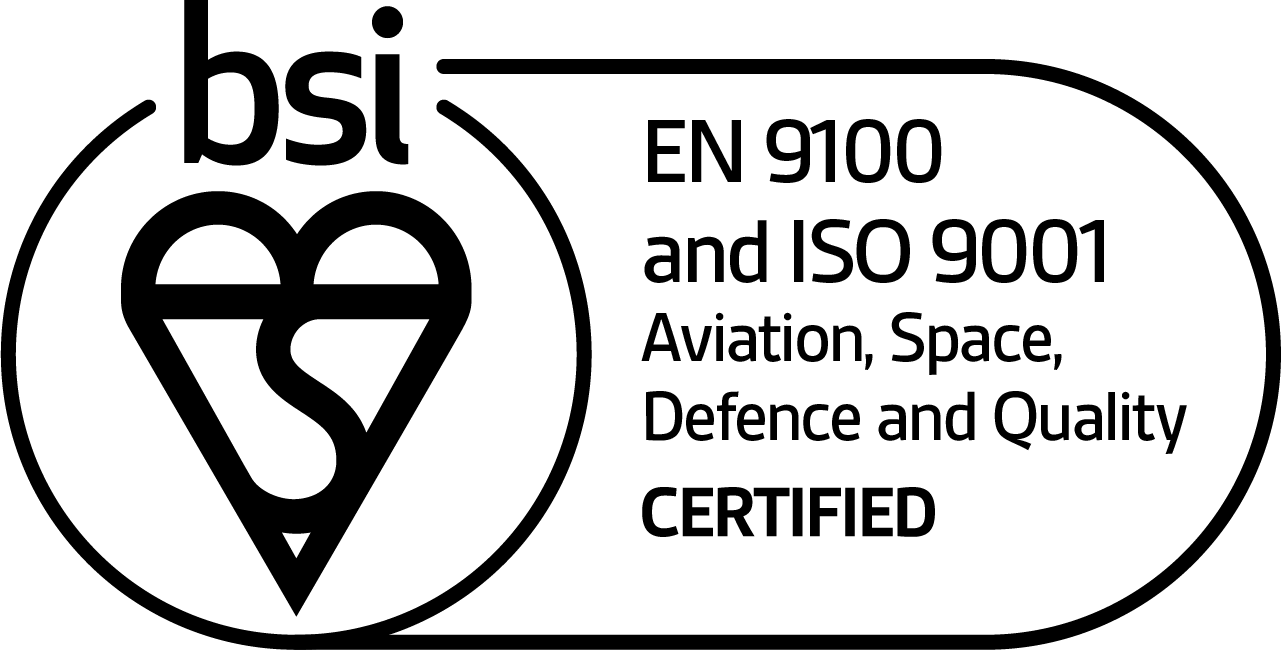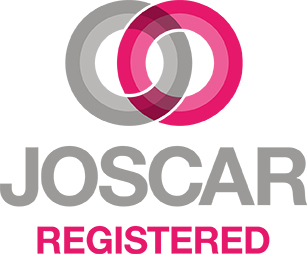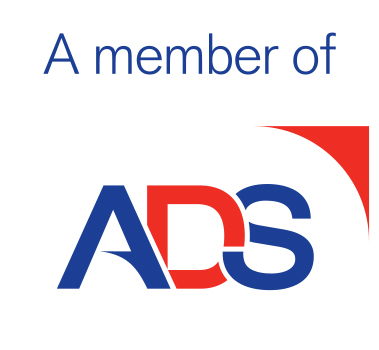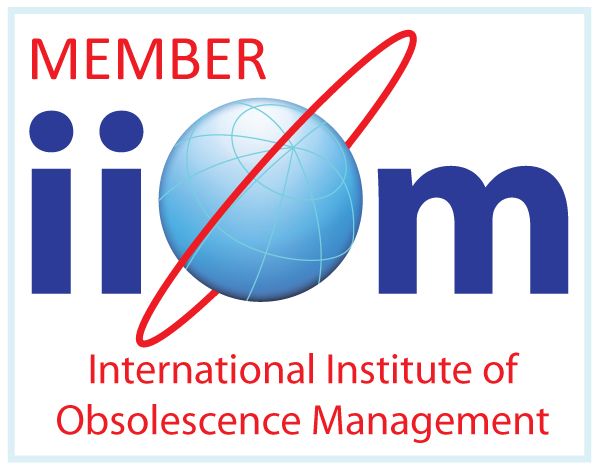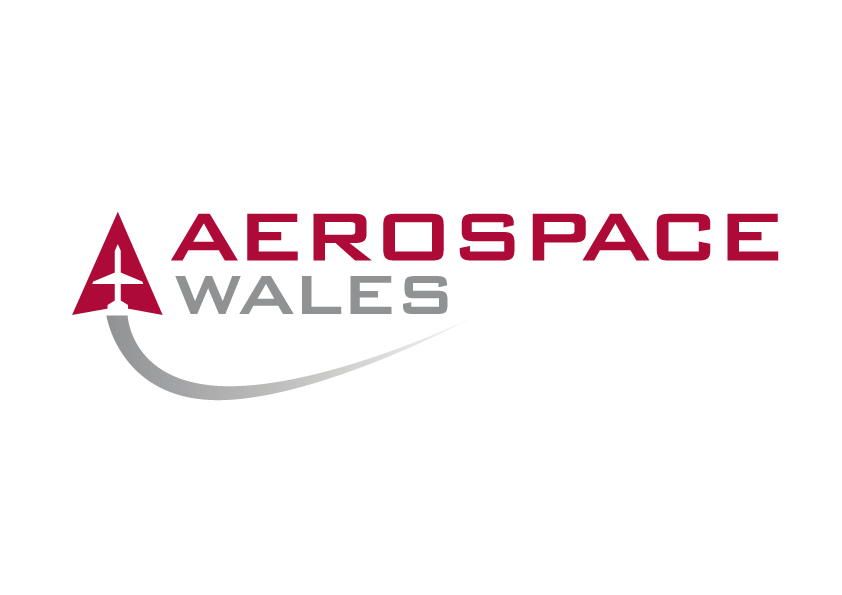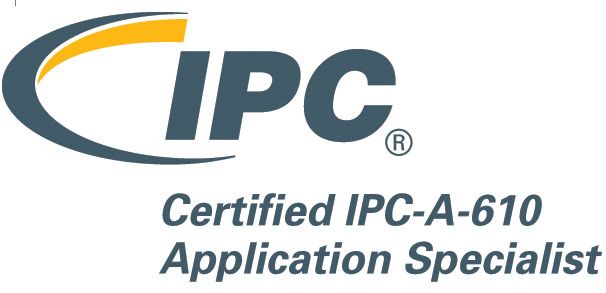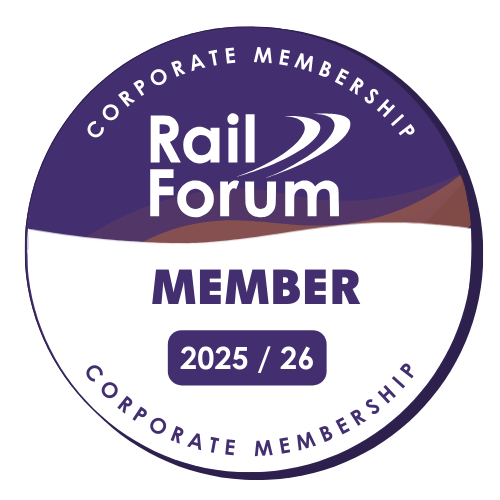The July 2024 issue of Sustainable Engineering Magazine, titled “The Change Issue,” explores groundbreaking innovations and strategies aimed at driving sustainable development across industries. This edition features insightful articles on the latest advancements in renewable energy, circular economy practices, and eco-friendly technologies. It also highlights inspiring case studies of organisations successfully implementing sustainable solutions. With a focus on practical approaches and visionary ideas, this issue empowers readers to contribute to a greener future. For more information, check out the full issue here.
Winslow Adaptics’ John Dyson MIIOM introduces readers of Sustainable Engineering to the product-as-a-service (PaaS) delivery model which is allowing original equipment manufacturers to unite engineering sustainability and business development.
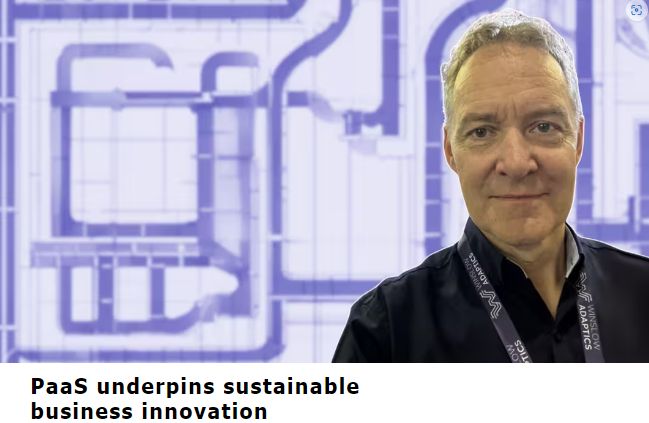
The contemporary business landscape is characterised by the rapid pace of technological advancements, growing environmental concerns and the ever-present demand for innovative business models. This environment has led to an increased focus on strategies that not only drive business growth but also address the urgent need for sustainability. One such strategy is the product-as-a-service (PaaS) model, which has the potential to harmonize the seemingly divergent objectives of engineering sustainability and business development.
By shifting from a traditional ownership model to a service-oriented approach, businesses can offer continuous value to customers while actively managing the lifecycle, obsolescence and recycling or remanufacturing of their products. This approach not only enhances sustainability by extending product lifecycles and reducing waste but also aligns with dynamic market demands and technological changes, thereby addressing obsolescence, the ‘elephant in the room’.
PaaS is already in use to a degree in high-value, high-reliability, long lifecycle markets like rail. Rolling stock is typically leased for a 30-year period, often with an equivalent maintenance contract obligation. This arrangement ensures that the responsibility for managing parts availability and potential obsolescence issues in the supply chain rests squarely with the OEM. Additionally, there is often provision within the contract for mid-lifecycle upgrades, which opens further opportunities for refurbishment and remanufacturing of components and assemblies.
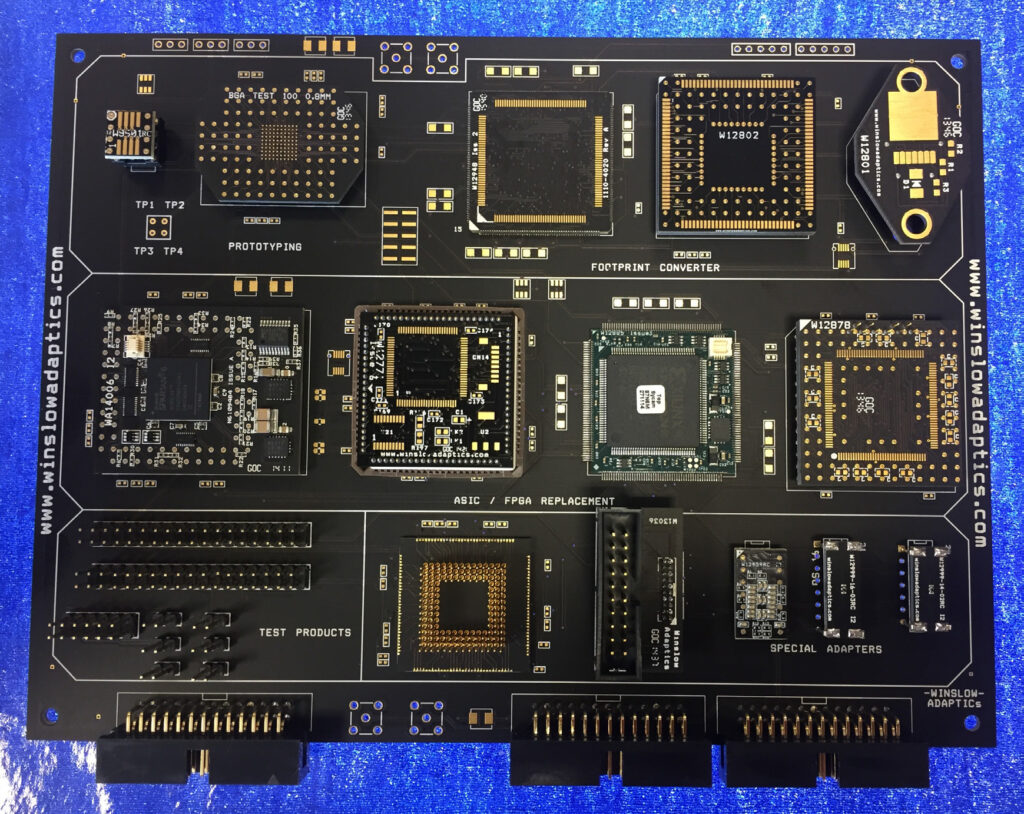
Model could be applied to automotive
Considering the transport sector, this model could be applied to the automotive marketplace for both business and personal use. Unfortunately, as a society, we are obsessed with the idea of car ‘ownership,’ which disconnects the manufacturer from both responsibility for obsolescence and opportunities to profit from the reuse of materials and remanufacturing of suitable components.
In 2024, car manufacturers and their tier-one suppliers are beginning to integrate remanufacturing into their business models. Recycling enables materials to be reused, but remanufacturing can take this one step further by reusing castings and components, resulting in a corresponding reduction in energy use. At last, there is a profit to be made from sustainability!
Do we want second-hand components in our brand-new cars? Yes, we should demand them for the planet’s sake (with the same warranty, of course). However, do we really need ownership? As work from home became popular post-Covid, many vehicles stand unused much of the week. Would car sharing be a more appropriate use of materials and energy, particularly as we move to battery electric vehicles? Can we get over our desire for status symbols? Personally, I would, if the infrastructure were there.
Connected mobility—welcome aboard
Should we ultimately take it one step further and connect the rail and car marketplaces together to form a fully door-to-door transport service—mobility-as-a-service (MaaS)? Imagine if your ticket includes picking up a car from a bay in your street, leaving it at the train station, then using a different car at the end of your rail journey to take you to your destination. It is not so far-fetched; Uber is now selling train tickets. Connected mobility—welcome aboard.
While the PaaS model may not be suitable for all businesses, it facilitates a symbiotic relationship between sustainability goals and business objectives. This includes encouraging a more circular economy, designing durable, upgradeable and re-manufacturable products, and fostering a closer customer-business relationship that enables direct feedback and iterative product improvements. Companies can leverage PaaS to drive innovation, enhance competitive advantage, mitigate obsolescence and achieve sustainability goals.

